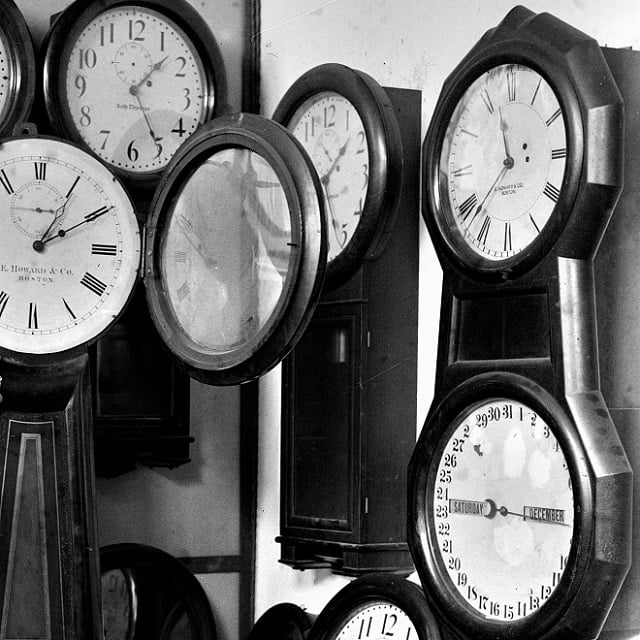New Model Shows Rise in Millennial Death Rate

What You Need to Know
The Society of Actuaries has a tool that can help actuaries estimate how long people will live.
The forecasting tool reflects trends in mortality improvement.
For people in their early 30s in 2016, the analysis detailed decreased life expectancy.
The research arm of the Society of Actuaries has updated a mortality forecasting tool and created a bleak statistical snapshot of U.S. millennials.
The new Mortality Improvement Model, MIM-2021-v4, shows that U.S. residents ages 25 through 45 suffered a noticeable “negative improvement” — or decrease — in life expectancy between 2016 and 2017.
The worst numbers were for people in their early 30s. For women in that age group, mortality increased by about 5%. For men, mortality climbed by about 6%.
Older millennials and younger millennials suffered similar but smaller mortality rate increases.
What it means: The wave of “deaths of despair,” or deaths caused by conditions such as suicide and drug overdoses, that shocked public health analysts around 2017 is starting to show up in the statistics that life insurers will use to design and price clients’ life insurance policies and annuities.
The history: Originally, the Society of Actuaries helped life insurance and annuity issuers adjust to the average life expectancy of U.S. residents increasing every year and throwing off life, annuity and pension plan math.
The organization’s Mortality Improvement Model team released a Mortality Improvement Model-2021 tool in April 2021, and the team hoped to put out an update every year.
Larry Stern is the chair of the Mortality Improvement Model advisory group, and R. Dale Hale is the managing director of research at the SOA Research Institute.
COVID-19: The arrival of COVID-19 in early 2020 caused what many mortality specialists have predicted will be a brief increase in the U.S. mortality rate and drop in the average U.S. life expectancy.
The Mortality Improvement Model team used data from the Social Security Administration and the National Center for Health Statistics to develop the original mortality improvement forecasting tool.




